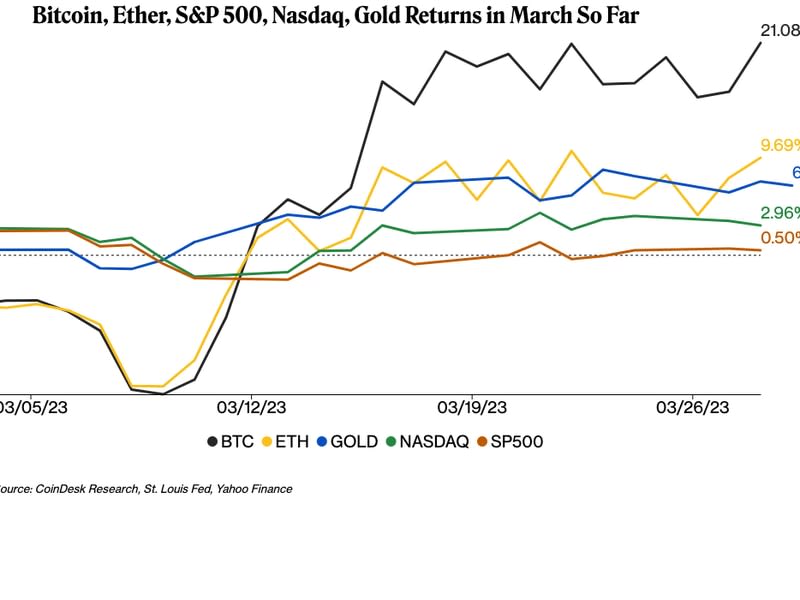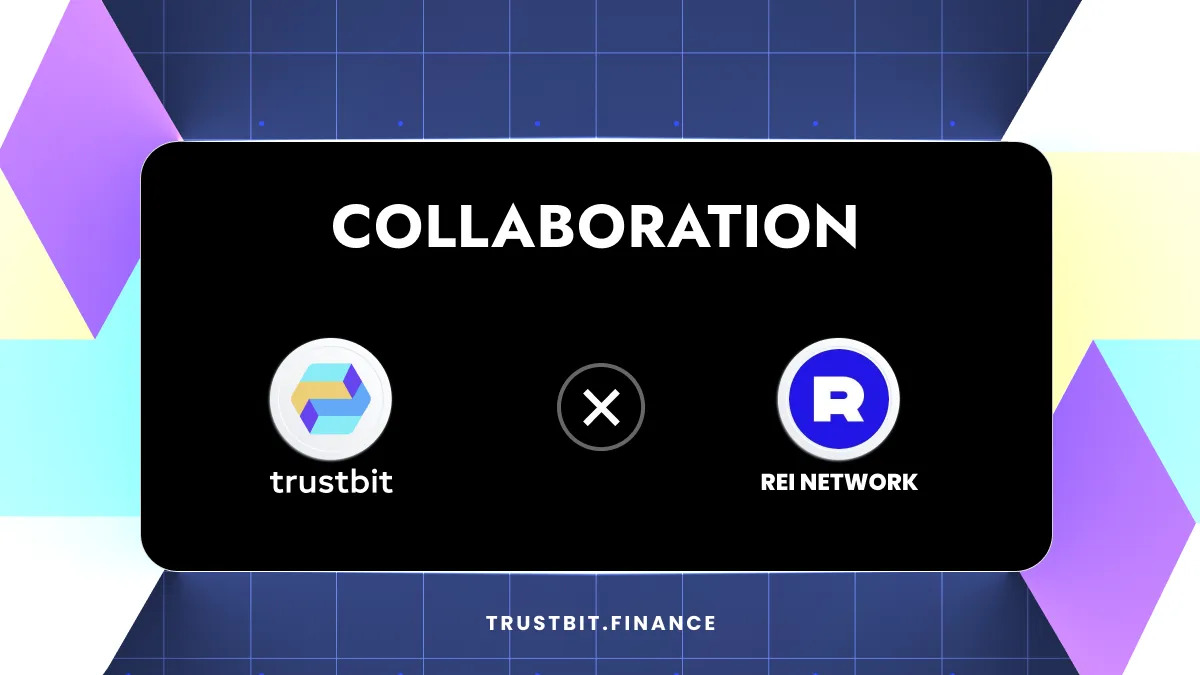Are people paying with crypto really trying to “stick it to the man”?

Paying in crypto is meant to reduce the fees people pay when they buy things by cutting out middlemen like banks, credit card companies and other payment processors.
Along with privacy, that was the point of Bitcoin, described as a “purely peer-to-peer version of electronic cash” that allows payments “without going through financial institutions,” according to its pseudonymous creator, Satoshi Nakamoto.
See More: Who Is Bitcoin Creator ‘Satoshi Nakamoto’ And Why Does He Still Matter?
But that leaves a very basic question: Who benefits the most from crypto payments?
There is a strong argument that it is the seller who accepts it much more than the crypto owner who buys with it. No processing fees for debit and credit cards, no extra charges when rewards cards are used, no trying to convince consumers to tap debit instead of credit, no trying to get customers to accept additional fees – everything that crypto payments have, if accepted directly , is the blockchain transaction fee. Which is paid by the sender not the receiver of a cryptocurrency transaction.
See here: The data point: 44% of consumers say they would change merchants with card add-ons
Even when run through a crypto-only payment processor that takes the digital assets from the consumer and pays the merchant in fiat currency, the cost of accepting cryptocurrency is generally lower and comes without the need to take the volatility and security risks that come with using your own digital wallet.
Also Read: Crypto Basics Series: What is a Crypto Wallet and How to Avoid Losing a Quarter of a Billion Dollars?
Then there are reversals. Or rather the lack of them. Payments in cryptocurrency are by their nature irreversible. The only way to get a crypto payment back is to have the recipient initiate a second transaction. With crypto payments, customers can ask for refunds, but they can’t demand chargebacks — an argument merchants considering accepting crypto tend to be very interested in.
This means that the card system today heavily subsidizes the cardholder at the expense of the merchants. And in many ways, accepting crypto at checkout could reduce or eliminate those subsidies by relying on legislation, like the bipartisan bill introduced by Senators Dick Durbin (D-Illinois) and Roger Marshall (R-Kansas) on July 28 that would give merchants the ability to process Visa and Mastercard over various networks.
Read more: Senator Durbin wants another bite on card interchange fees
The hard core
While the falling price of cryptocurrencies—Bitcoin is down 65% to 70% since its all-time high in November—has likely reduced crypto-owners’ willingness to spend something at $22,000 when they bought it for $44,000.
But people are still very interested in using a growing number of cryptocurrencies, including ether, stablecoins like USDC and even dogecoin, Stephen Pair, president of crypto payment technology firm BitPay, told PYMNTS’ Karen Webster in May.
Also read: More consumers buying crypto and want more ways to spend it
That said, it’s worth looking at who the crypto user is.
PYMNTS’ April study, “The US Crypto Consumer: Cryptocurrency Use In Online and In-Store Purchases” found that 23% of Americans have or had owned crypto in the previous 12 months — nearly 60 million, up from about 41.5 million a year. for.
See also: PYMNTS data shows jump in crypto ownership, willingness to use it
More than a quarter of high-income consumers said they are “very” or “extremely” likely to switch merchants to one that accepts cryptocurrency.
An increasingly common way to spend crypto is with Visa- or Mastercard-branded crypto debit cards, many issued through exchanges and linked to customers’ digital wallets, which allow users to spend crypto at the point of sale without the merchant even knowing, as all they see is a debit card that pays them in cash.
What comes across very clearly is that crypto users are hardcore crypto users – the people who see bitcoin and other digital assets not as investments, but as the future of payments – the next generation of currency.
That means the target crypto customer has focused as much on the ideology of crypto – the back half of the first line in Nakamoto’s Bitcoin Whitepaper on peer-to-peer electronic payments, which reads “without going through a financial institution.”
And for the privilege of breaking free from financial institutions, they are willing to give up many benefits that cards today give them.
For all PYMNTS Crypto coverage, subscribe to the daily Crypto newsletter.
——————————
NEW PYMNTS SURVEY FINDS 3 IN 4 CONSUMERS WITH STRONG DEMAND FOR SUPER APPS

About: The findings of PYMNTS’ new study, “The Super App Shift: How Consumers Want To Save, Shop And Spend In The Connected Economy”, a collaboration with PayPal, analyzed the responses of 9,904 consumers in Australia, Germany, the UK and the US and showed strong demand for a single multi-functional super app instead of using dozens of individuals.

























